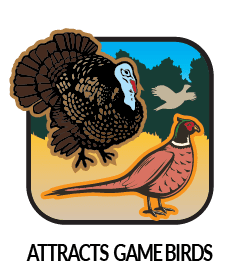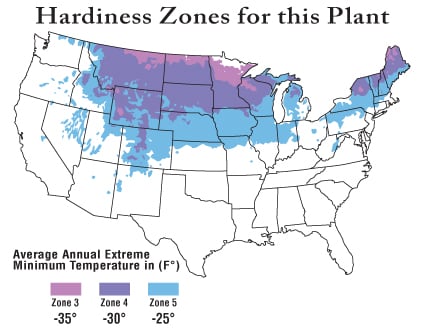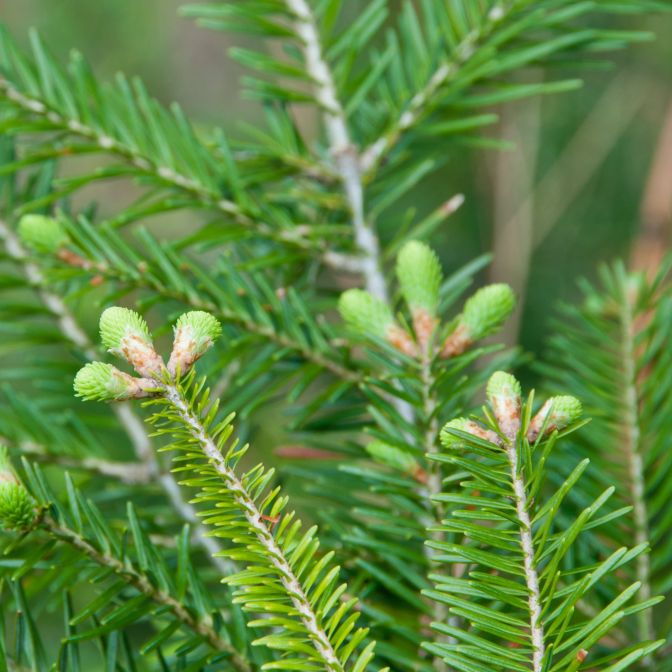Balsam Fir
Plant Type: Evergreen, bare-root
Zones: 3-5
Soil Type: Loamy & Sandy Soils
Site Selection: Full Sun, Partial Sun
Mature Height & Width: 50-70' and 20-25' Spread
Growth Rate: Slow - 8-12" per year once established
Moisture Requirements: Average
Balsam Fir Plugs Also Available - CLICK HERE




Balsam Fir
Abies balsamea
The Balsam Fir is an extremely popular choice for both personal and commercial Christmas tree production. This conifer has shiny soft green needles and shears very nicely. The Balsam Fir is a favorite for wreath makers, who love to use the fragrant green boughs in their work. This evergreen exhibits short needles which are 1/2 - 1" in length and cones which measure 2-4" in length. Pyramidal in shape, this symmetrical fir tree is quite ornamental. The Balsam Fir is also quite shade tolerant. Buy your Balsam Fir seedlings from our nursery today!
- The Balsam Fir is another classic Christmas tree as is the Fraser Fir
- The bark on the Balsam Fir is thin, ash gray and smooth. Younger trees have blisters on the bark that contain a sticky resin which is very fragrant
- While always a beautiful evergreen, the tree does slightly lose it's shapely Christmas tree form as it ages
- This conifer prefers cold climates to the heat and dryness of some others
- In its natural habitat, it is common to see the Balsam Fir associated with Black Spruce, White Spruce and Quaking Aspen
Fun Fact: Balsam Fir oil is an EPA approved non toxic rodent repellent.
Common Uses for the Balsam Fir:
- Popular Christmas tree
- Evergreen
- Specimen tree
- Good wildlife value
- Grown for pulpwood and small sawtimber used in light framing
The Balsam Fir provides food for deer, moose, American red squirrels, crossbills and chickadees. This conifer provides shelter for moose, snowshoe hares, white-tailed deer, ruffed grouse and other small mammals and songbirds. Timber wolves, pine marten, fisher, lynx, and bobcat are associated with the type of woodland in which the Balsam Fir grows. The needles are eaten by some lepidopteran caterpillars.
Product Questions
On the hills of Yavapai Az,AZ, you







